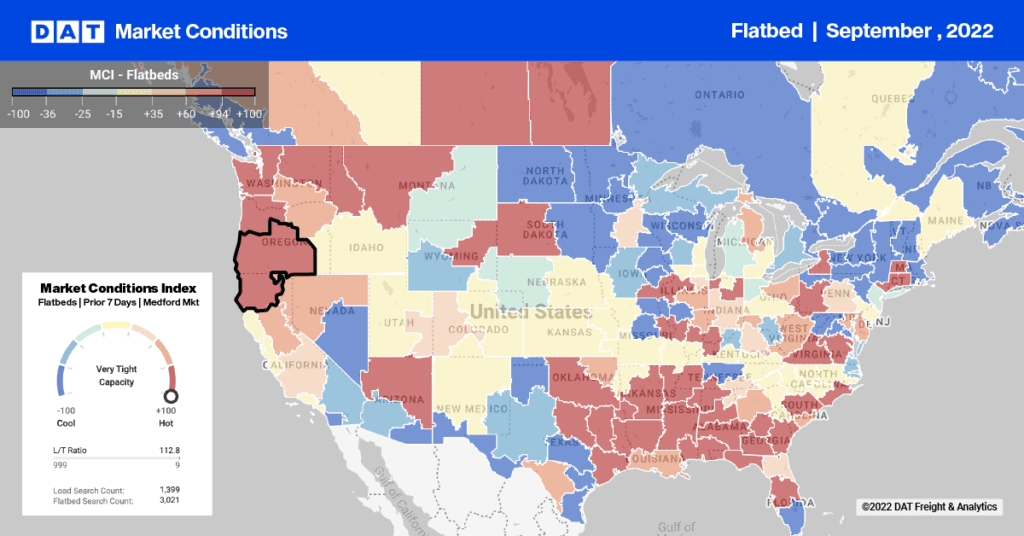It seems like there is a new report every other day on the effects of the Hours of Service (HOS) rule.
 The most notable so far has been a survey from the American Transportation Research Institute (ATRI), where more than 80% of drivers surveyed said there has been a loss of productivity. The Transportation Intermediaries Association has also testified that its members report a 3% reduction in capacity.
The most notable so far has been a survey from the American Transportation Research Institute (ATRI), where more than 80% of drivers surveyed said there has been a loss of productivity. The Transportation Intermediaries Association has also testified that its members report a 3% reduction in capacity.
The ATRI study also estimates that there is a loss of between $1.6 billion and $3.9 billion in driver wages a year. OOIDA has also released a report with similar findings.
The rule is increasingly under the microscope, including a hearing on November 21, in which a House subcommittee questioned FMCSA Administrator Anne Ferro on whether or not the FMCSA’s rulemaking process was based on flawed data. Ferro defended the agency’s analysis and said that the impact is not as significant as reported.
How Has HOS Impacted Carrier Rates?
Since July 1, I have been keeping a close watch for effects of HOS on truckload freight rates, and here are two of the most notable trends I detected. Data are excerpted from the spot market rates database in DAT RateView, which is based on more than $24 billion in actual market transactions.
- Rates Increase, But Don’t Keep Pace with Productivity Loss: Rates have increased from 1.6-1.7% since July 1, when the HOS rule took effect, after seasonal adjustment. In comparison, the industry-wide loss of productivity for carriers is estimated in the 3-5% range. That means the carriers will be “eating” about half of the revenue loss, at least until they can negotiate new contract rates for 2014. Shippers typically conduct annual procurement early in Q1, and new rates go into effect in early Q2.
- Intermodal Competitive Lanes Hit Even Harder: Carriers who run on lanes where there is competition from intermodal rail are seeing even smaller rate hikes in order to stay competitive. An analysis of the lanes that face the most rail competition shows that rates have actually dropped 1.2% in those lanes since July 1.
Rail intermodal has been increasing market share significantly in 2013, and really picked up in Q3; it is now projected to close 2013 up 4.8%. In Q1, it grew at a 3.6% clip, then slowed down in Q2 to 2.1%, followed by 4% in Q3, and now it is growing at 9.9% in Q4 (through December 2).
 Based on these findings, HOS may not bode well for the carriers’ long-term profitability – which explains why it would be the top concern in ATRI’s Critical Issues in the Trucking Industry.
Based on these findings, HOS may not bode well for the carriers’ long-term profitability – which explains why it would be the top concern in ATRI’s Critical Issues in the Trucking Industry.
In addition to the financial impact of the rules change, there are concerns about its impact on safety, which was the intent of the rule in the first place. Two-thirds of respondents to the ATRI study said increased levels of fatigue and scheduling difficulties could lead to unsafe driving habits.
Moving forward, evidence is mounting against the new HOS rules, and legal challenges are arising, as well. I’ll add more to the mix soon with a detailed, five-month rate and capacity analysis, so be sure to keep an eye out for that report.
Clock image via Flickr


